Some castles see a lot of action, some hardly see any. This famous castle in England is one of those that has seen more than any other castle in Britain during the 700 years that it was active, mainly because of its strategic location.
Let’s take a closer look at some of the most interesting facts about Carlisle Castle, a Scheduled Monument in England that has quite a few interesting stories to tell.
1. It was built on the location of a Roman fort in North West England
The history of structures on the location of Carlisle Castle dates back to the Roman occupation of Britain. The city in the county of Cumbria in North West England known today as Carlisle used to be the Roman settlement of Luguvalium.
Every Roman town had a fort and this was no different in Luguvalium. It was built around 72 A.D. and served as the headquarters of the town which controlled most parts of northern England in the 1st century A.D. and beyond.
The fort also provided support for the Roman troops trying to invade Scotland and multiple Roman garrisons were stationed here.
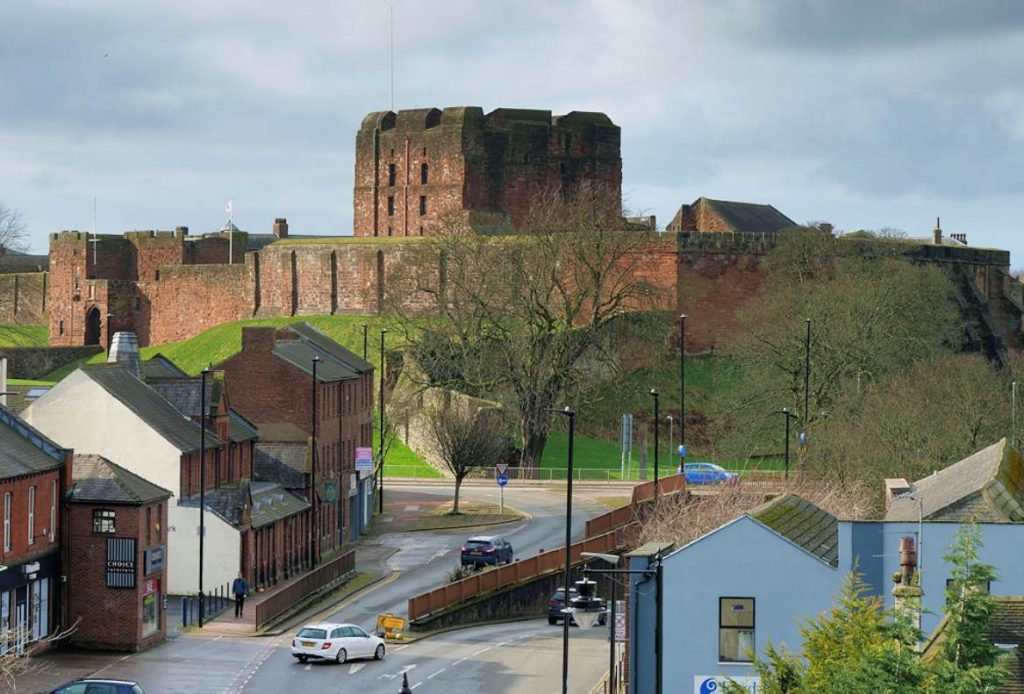
2. The castle was commissioned by the son of William the Conqueror
The first castle on the location was built by William II in 1093, the son of William I who invaded England in the year 1066. This original castle was probably nothing more than earthwork with an enclosure made of timber.
At this time in the late 11th century, this region was referred to as “Cumberland” and it was still part of Scotland. It was William II, also known as “William Rufus,” who created the “Earldom of Carlisle” which became part of England.
3. The first stone castle was quickly besieged in the 12th century
The fact that Carlisle is located on the border of England and Scotland made this a very strategic location to build a castle to secure the area. The first stone castle was commissioned by King Henry I and construction started around 1122.
This also means that the stone keep of the castle dates back to this construction period as it was completed around this time. The exterior looks pretty much the same as it did back then but the interior has been significantly altered over the centuries.
What’s remarkable is that the keep most probably wasn’t completed in 1135, the year that King Henry I died because it has been mentioned that David I, King of Scotland, completed it. It remains unclear until today when exactly it was finished.
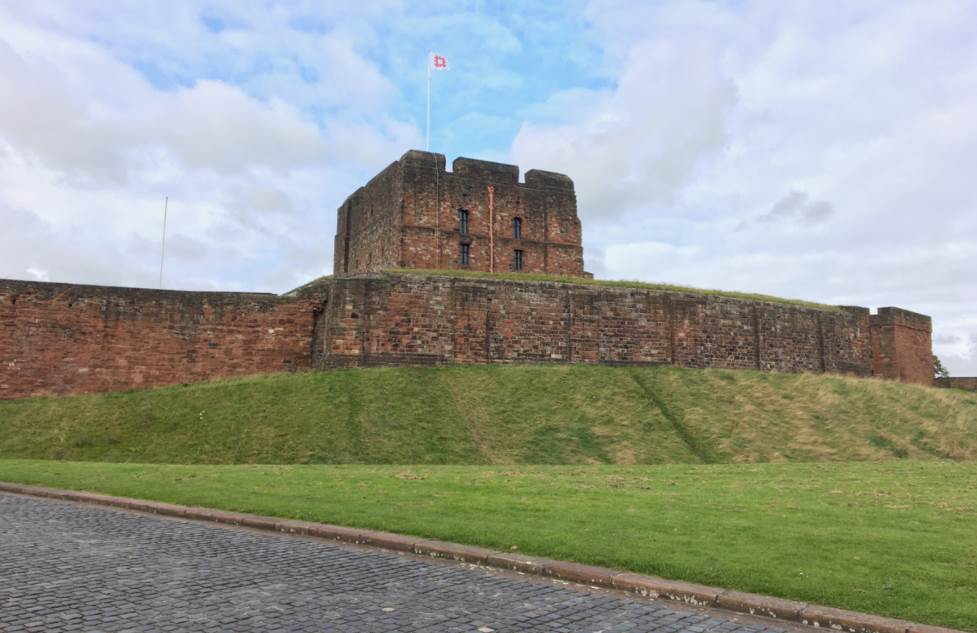
4. The castle saw action until the Jacobite rising in the year 1745
The retaking of the Castle of Carlisle by King David I of Scotland was just one of the numerous times that the castle changed hands over the centuries.
The area returned to the English Crown in 1157 during the rule of Henry II of England, and the English-Scottish border became permanent by the Treaty of York in 1237.
One of the most remarkable facts about Carlisle Castle is that it wasn’t just the most-besieged castle in English history, but also the final castle in England to be besieged. This happened during the Jacobite Rising of 1745.
After initially capturing Carlisle Castle, the Jacobite army was forced back and the rebellion was put down, an event followed by the end of Jacobitism. The final siege at the castle ended on December 30, 1745, the last time the castle saw combat.
5. It’s still used by a division of the British Army today
Apart from serving its purpose as an army barracks in the 19th century, the castle completely lost its defense purposes following the final siege. It was expanded quite a bit, though, with the addition of the Arroyo block and the Gallipoli block during the 1820s.
It eventually became the headquarters of the Border Regiment, an infantry regiment of the British Army, in the year 1881. It remained the headquarters of the King’s Own Royal Border Regiment until 2006 and remains in use as the Duke of Lancaster’s Regiment today.
Today, the castle is a popular tourist attraction in the region and houses a regiment museum known as the Cumbria’s Museum of Military Life. Both the castle and the museum are managed by the English Heritage organization.
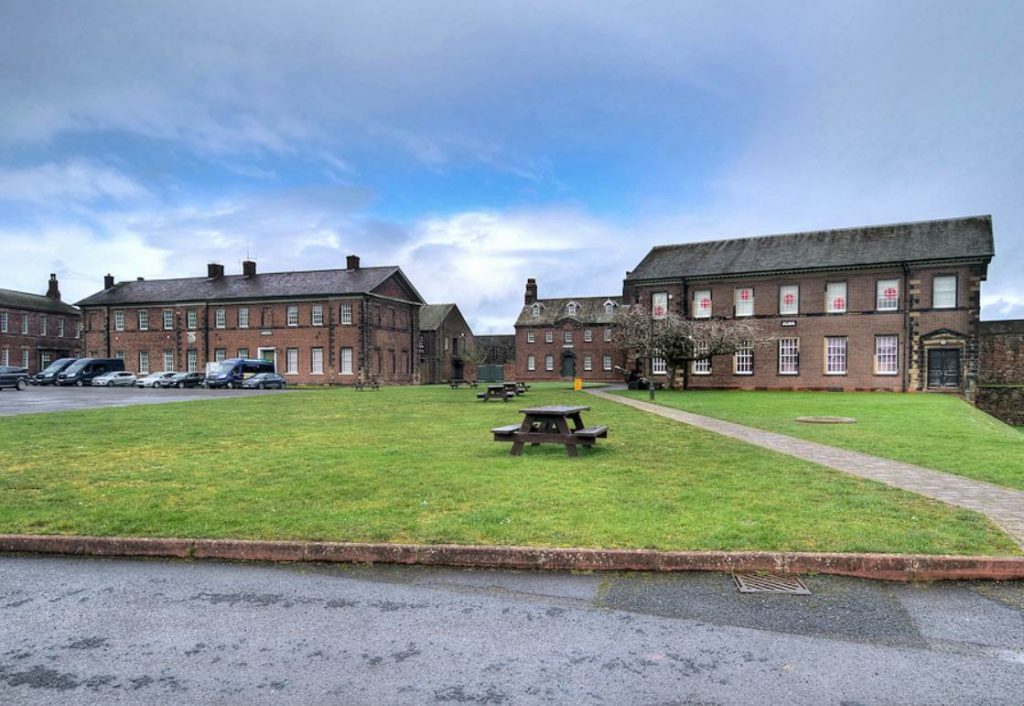
More interesting facts about Carlisle Castle
6. The inner ward of the castle features several buildings referred to as the “palace complex.” These are believed to have been commissioned by King Henry II of England who had visited Carlisle in the year 1186.
These structures were significantly expanded during the reign of King Edward I in the late 13th century as he used the castle as his headquarters in preparation os his attack on the Scots.
7. The outer wall of the castle dates back to the early 13th century and was commissioned by King John. This was not an expensive luxury because the castle was besieged a total of 7 times by the Scots between 1173 and 1461.
8. The castle wasn’t easy to take because of the extensive fortifications that were added since the first stone castle was erected. This became very clear when Robert the Bruce, King of Scotland, failed to take the castle in 1315 following multiple victories against the English.
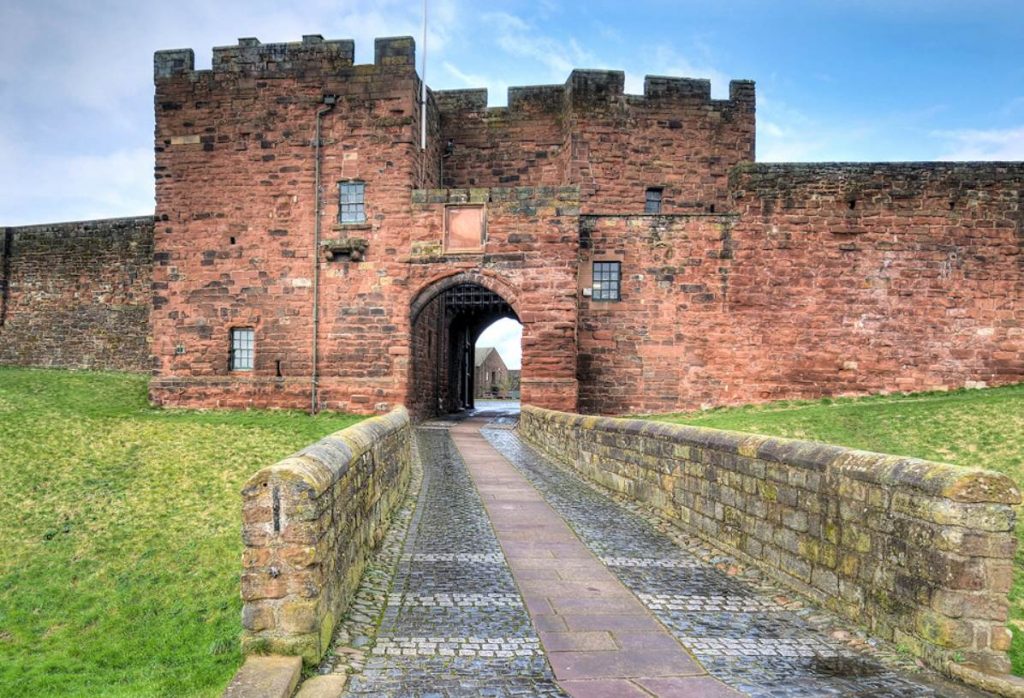
Only two Engish lives were lost during this siege and the Scots had to retreat without victory. The leader of the defense of the castle at that time was a man named Andrew Harclay who was made Earl of Carlisle by Edward II in 1322.
Harclay didn’t enjoy his earlship for too long because he ended up being hung, drawn, and quartered the following year for committing treason against the king. It turned out that plotting together with King Robert of Scotland wasn’t the best idea.
9. One of the most notable expansions and fortification phases of the castle happened during the 16th century, a period of lawlessness in the English-Scottish border region. The entire region was divided into 3 Marches and the castle was fortified by a bohemian engineer named Stefan von Haschenperg.
All the walls were thickened, the keep’s roof was lowered and an artillery platform was added on top of it, and a half-moon battery was built during this project as well.
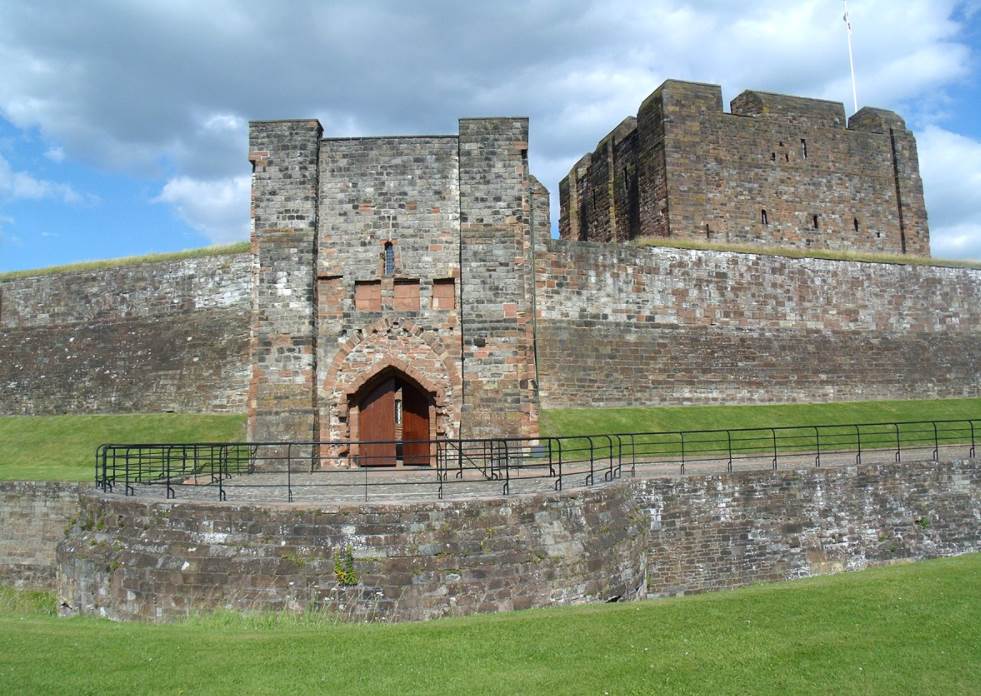
10. Following her abdication, Mary, Queen of the Scots, was held as a prisoner at the castle for a couple of weeks. She was kept in what is now referred to as the “Warden’s Tower.”
11. One of the longest sieges that the castle ever saw happened during the English Civil War in 1644. Parliamentary forces besieged the castle for a total of 8 months, starting in October of 1644, eventually ending in the surrender of Carlisle by the Royalists in June 1645.
12. Carlisle Castle became a Scheduled Monument of the United Kingdom on August 7, 1996.
Its extended military history, the remarkable medieval tower keep that was built on the ancient Roman fort of Luguvalium, and the extended defensive wall makes this one of the most fascinating castles in England.

